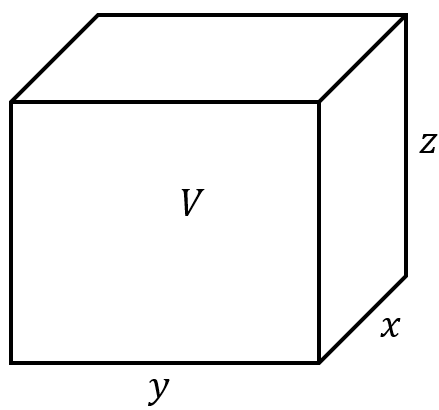Introduction & Motivation
If you’ve ever taken a gas dynamics (compressible flow) course, you’ve probably spent hours flipping through the tables at the back of the book to find the correct Prandtl-Meyer (PM) angle for your Mach number, or vice versa. This involves first finding the table (A.5 in my Modern Compressible Flow book by John Anderson), then finding the bounding Mach numbers or angles, and finally interpolating to find the correct value you need. Then you’ll likely need to do this many more times for a single problem. You also won’t be able to use the tables when the specific heat ratio isn’t equal to 1.4.
I decided to write a program for my TI-83 Plus graphing calculator, and I’ll show you how to program it. First, I’ll post the entire program, so if you already know where to find all the commands and such, you can just enter in what you see below. For those who need a little guidance on where to find the commands, I’ll go through them in detail after the entire program code. I’ll also go through how to use the program, and we will check it against the online VT calculator.
The first equation shown below is what we will use to solve for the PM angle  . The second equation is used to solve for the Mach number
. The second equation is used to solve for the Mach number  . The only difference between the two is that the first equation can be solved directly, while in the second equation we are searching for the value of
. The only difference between the two is that the first equation can be solved directly, while in the second equation we are searching for the value of  that makes the function zero.
that makes the function zero.
![Rendered by QuickLaTeX.com \[ \nu(M) = \sqrt{\frac{\gamma +1}{\gamma - 1}} \ tan^{-1} \sqrt{\frac{\gamma - 1}{\gamma + 1}(M^2-1)} - tan^{-1} \sqrt{M^2-1} \]](https://www.joshtheengineer.com/wp-content/ql-cache/quicklatex.com-f7cf824deef20fcbfe49906d34364c2d_l3.png)
![Rendered by QuickLaTeX.com \[ \nu - \sqrt{\frac{\gamma +1}{\gamma - 1}} \ tan^{-1} \sqrt{\frac{\gamma - 1}{\gamma + 1}(M^2-1)} - tan^{-1} \sqrt{M^2-1} = 0 \]](https://www.joshtheengineer.com/wp-content/ql-cache/quicklatex.com-72e72825a2fe5debf8abf9fb4d2f08d7_l3.png)
Continue reading TI-83 Calculator Program: Prandtl-Meyer Expansion Wave→
![]() with a strike-through, but I can’t do this using the WordPress Latex interpreter, so whenever you see a normal capital
with a strike-through, but I can’t do this using the WordPress Latex interpreter, so whenever you see a normal capital ![]() , don’t confuse it with the velocity vector,
, don’t confuse it with the velocity vector, ![]() .
.![]() ,
, ![]() , and
, and ![]() . If I asked you to find the volume of the cube, you would simply find the product of the three sides, and we would call that
. If I asked you to find the volume of the cube, you would simply find the product of the three sides, and we would call that ![]() .
.![]()

